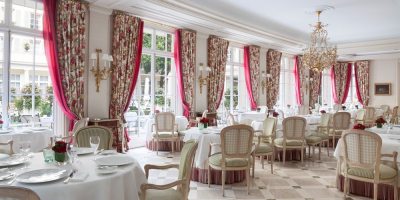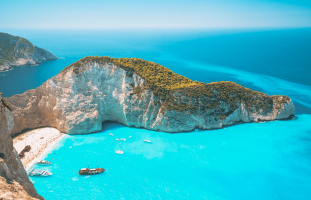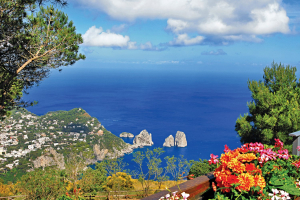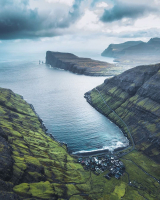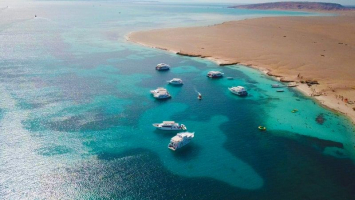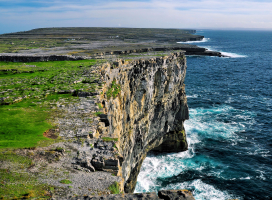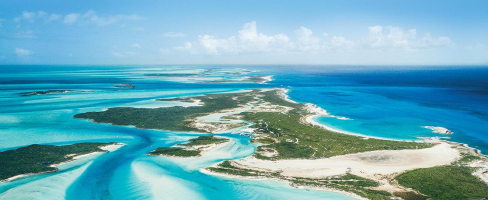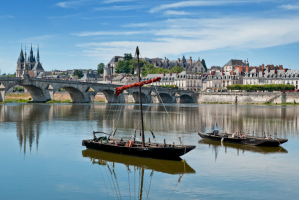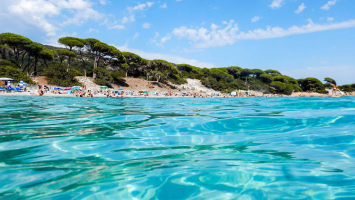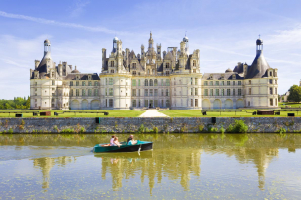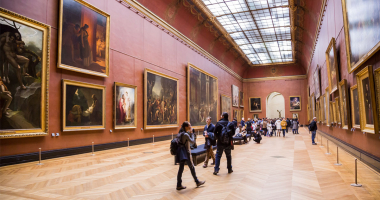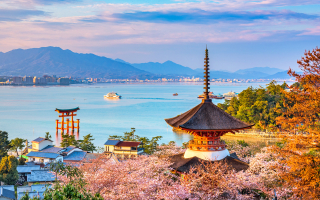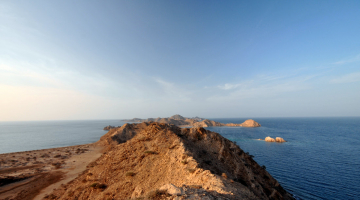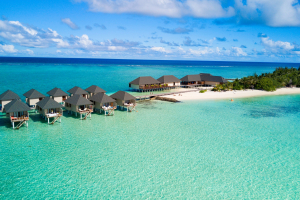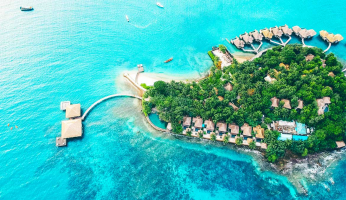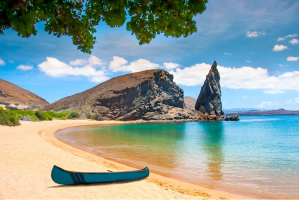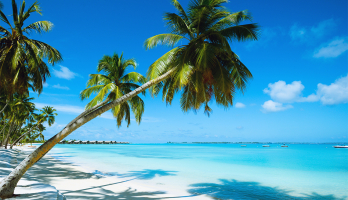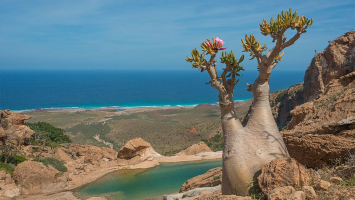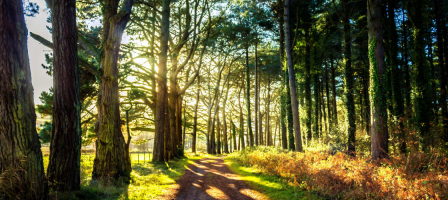Top 9 Best Islands in France
When it comes to beautiful beaches, stunningly clean oceans, green, jagged cliffs, painting-worthy towns, and unique fauna, France's numerous magnificent ... read more...islands cannot be surpassed. While many are located off the coast of France, such as the Mediterranean, Atlantic, or English Channel, others are French overseas territories, such as those in the Caribbean and Indian Ocean. So, if you're looking for a truly tropical escape, you have a few possibilities. Continue reading to learn about 9 France's most beautiful islands, as well as our recommendations for things to visit on each.
-
Corsica (the best island in France) is a rough, hilly island in the center of the Mediterranean, about 145 miles southeast of Nice and north of Sardinia in Italy. Its history is as varied as its beautiful landscapes: a semi-independent French territory, the island has traditionally belonged to Italy and was once (briefly) occupied by British forces. It has a separate local culture, language, and legislature.
Corsica was the birthplace of Napoleon Bonaparte, the first Emperor of France, and was long associated with strong, clannish families at continual (often violent) clashes with one another. Today, it is frequently regarded as the Mediterranean's crown gem, coveted for its soaring, craggy peaks, fine-sand beaches, sophisticated ports, historic cities, extensive protected nature reserves, and forests. There's a lot to see in Corsica, but if you just have a few days, start with Bastia, the old Genoese capital, which still has magnificent Italian-style architecture.
What to Do: Corsica has a lot to offer, but if you just have a few days, start at the coastal city of Bastia, the old Genoese capital, which still has magnificent Italian-style architecture. From there, visit the UNESCO World Heritage site of the Calanques de Piana, which features sharp cliffsides in reddish-pink granite that plunge into bright-azure waters; the nearby capital of Ajaccio, Napoleon's birthplace; the picturesque seaside town of San Fiorenza; Saleccia and its wide, fine-sand beach; and the Agriates Desert, a rugged, barely-inhabited area of natural beauty with spectacular vistas.
Location: France, Europe
TripAdvisor Rating: 5/5
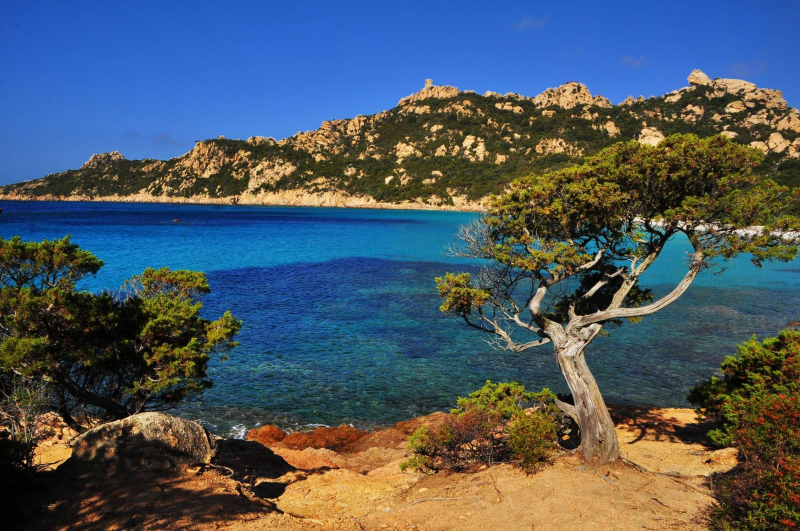
Source: pinterest.com 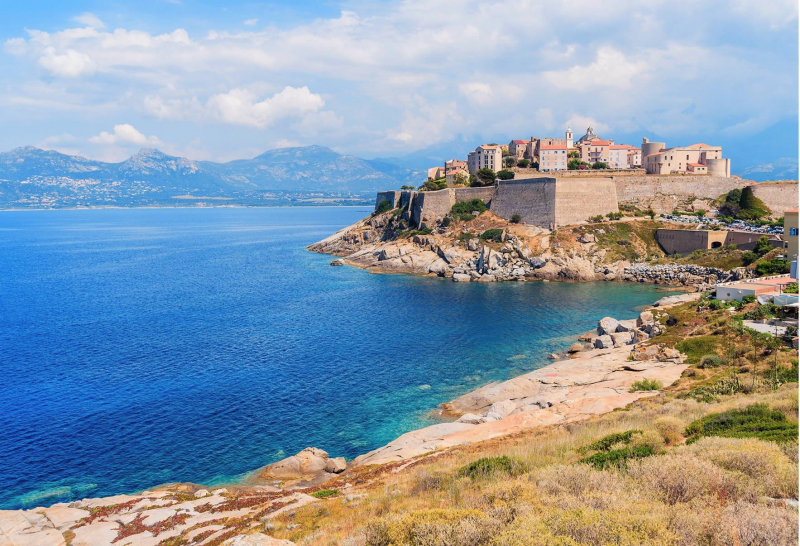
Source: luxurychartergroup.com -
Belle-moderate Île's environment, mild seas, and flora that resembles that of the Mediterranean might trick you into believing you've arrived somewhere farther south. However, this Atlantic island off the coast of the Morbihan Gulf in Brittany—the biggest in the region—has long drawn painters, nature lovers, and watersports enthusiasts to its warm and scenic coastlines. There's much to do on Belle-Île, from beaches and watersports to hikes and an annual opera festival. The island has 60 beaches, so there will always be plenty of options for swimming or snorkeling.
The Citadelle Vauban, whose massive defenses originally protected the island from military invasion, is located in the main town, Le Palais; within its walls, you'll find a luxury hotel and restaurants, a museum dedicated to the island's history, stores, and more. Meanwhile, the charming fishing hamlet of Sauzon offers lobster taste and photo possibilities, while the island's untamed coasts are great for rocky, windswept walks on green cliffs, bird sightings, and views of beautiful lighthouses.
What to Do: From beaches and watersports to hikes and an annual opera festival, Belle-Île has it all. The island has 60 beaches, so there will always be plenty of options for swimming or snorkeling.
Location: Belle-Île-en-Mer, France
TripAdvisor Rating: 4.5/5
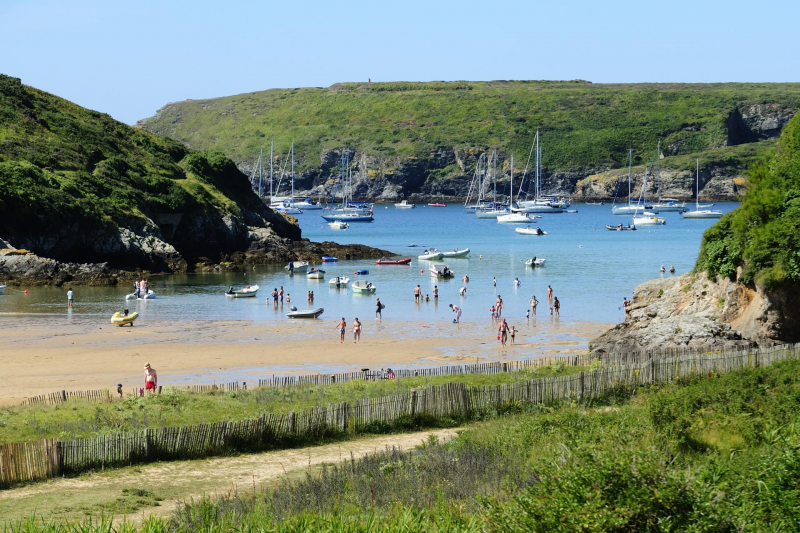
Source: brittanytourism.com 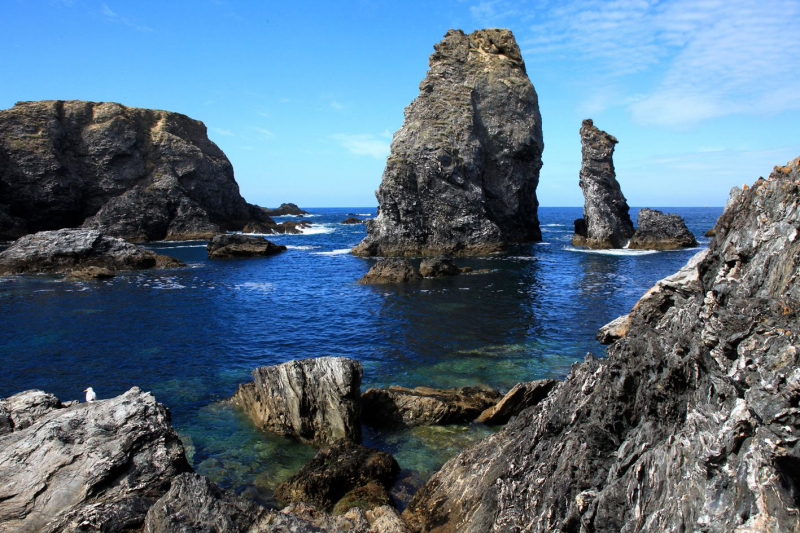
Source: vedettes-du-golfe.fr -
Martinique, one of the best islands (and French department) in the Caribbean, is an ideal choice if you're seeking for France-in-the-Caribbean. It is located in the Lesser Antilles, is a culturally and physically rich former colony with unique Creole and French cultural elements that pervade the island's art, music, gastronomy, and spoken languages. Martinique has a complicated and sad past, as slavery was not abolished on the island until 1848.
Martinique now attracts visitors yearning for white-sand beaches, surfable waves, walks through lush tropical woods, and cultural experiences ranging from Créole cuisine to music and art. Most inhabitants are bilingual in both Creole and French.
Begin by touring Fort-de-France, the busy capital city, with its colorful squares, streets, spice market, restaurants, and the historic Schoelcher Library. Then, from the famed Mount Pelée volcano in the north and its rough surrounding landscapes to the gorgeous white-sand beaches of the southern coast and the gurgling waterfalls and tranquil woodland walks of the interiors, experience the island's spectacular natural settings. Also, don't miss the Anse Cafard Slave Memorial, located near Diamond Beach in the southwest, which is a somber and moving homage to the victims of slavery in Martinique.
What to Do: Begin by touring Fort-de-France, the busy capital city, with its colorful squares, streets, spice market, restaurants, and the historic Schoelcher Library. Then, from the famed Mount Pelée volcano in the north and its rough surrounding landscapes to the gorgeous white-sand beaches of the southern coast and the gurgling waterfalls and tranquil woodland walks of the interiors, experience the island's spectacular natural settings. Also, don't miss the Anse Cafard Slave Memorial, located near Diamond Beach in the southwest, which is a somber and moving homage to the victims of slavery in Martinique.
Location: Caribbean Sea
TripAdvisor Rating: 4.5/5
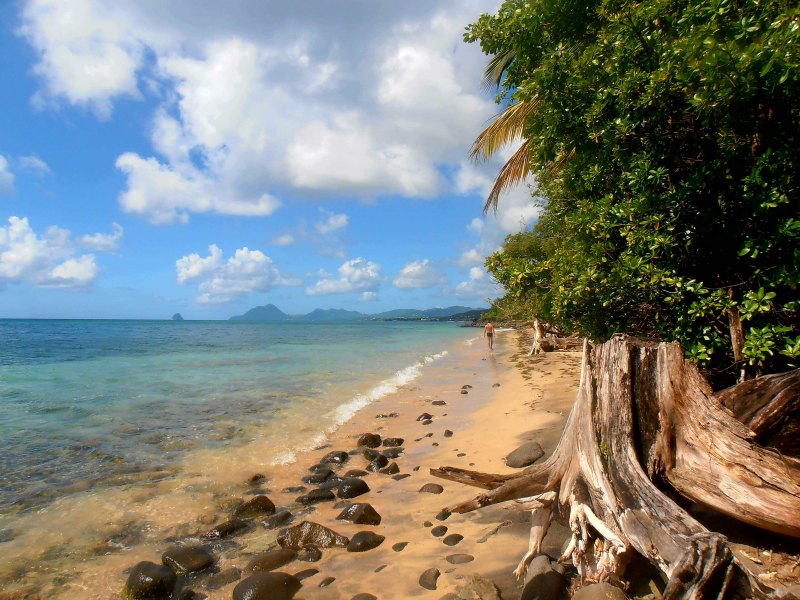
Source: routard.com 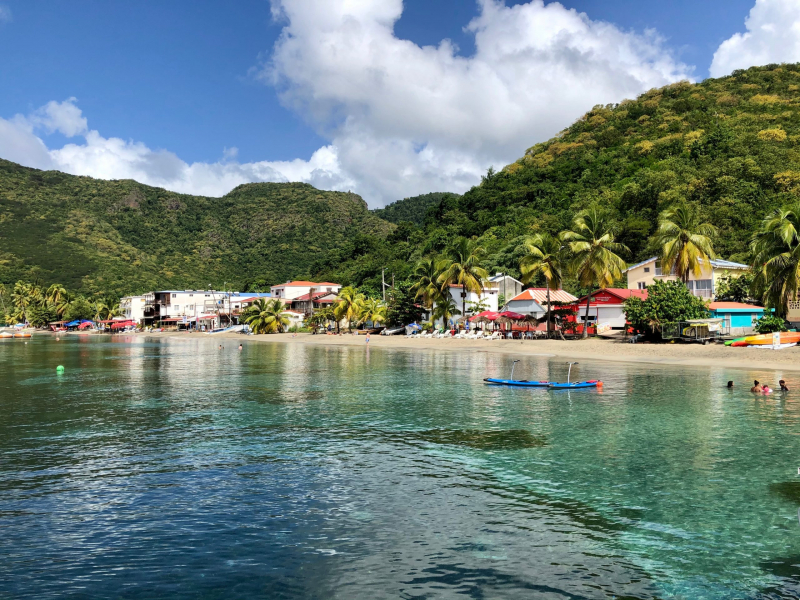
Source: voyage-et-zen.fr -
Porquerolles is a Mediterranean treasure off the French Riviera known for its beautiful beaches and lagoon-like seas. It is accessible by shuttle boat or ferry from Hyères and Toulon. Porquerolles, one of three "golden" islands that comprise the Îles d'Hyères, attracts visitors looking for spectacular, nearly unspoiled landscapes. The island is a protected natural reserve that is only sparsely populated; if you choose to stay in one of the few hotels on the island, you will be rewarded with incredible silence when the final passenger ferry departs at the end of the day.
Head to the north side of the island for fine-sand white beaches and clear seas ideal for snorkeling, diving, and swimming. The beach at Notre Dame is a favorite. If rough walks and encounters with local species are more your styles, the southern coast, with its high green cliffs tumbling abruptly from small, bright-blue sea streams, is the place to go. The port area has stores, restaurants, galleries, and lodgings, while the interior of the island is densely forested and home to a conservatory.
What to Do: Head to the north side of the island for fine-sand white beaches and clear waters ideal for snorkeling, diving, and swimming. Notre-Dame beach is a favorite. If rugged hikes and encounters with local wildlife are more your style, the southern coast, with its steep green cliffs plunging upward from narrow, bright-blue sea creeks, is the place to be. The port area has stores, restaurants, galleries, and lodgings, while the interior of the island is densely forested and home to a conservatory.
Location: Îles d'Hyères, Var, Provence-Alpes-Côte d'Azur, France
TripAdvisor Rating: 4.5/5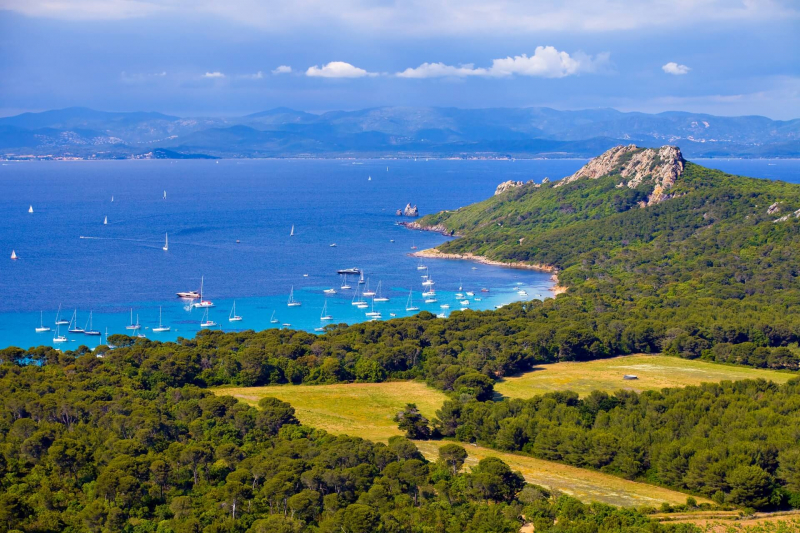
Source: talamare.com 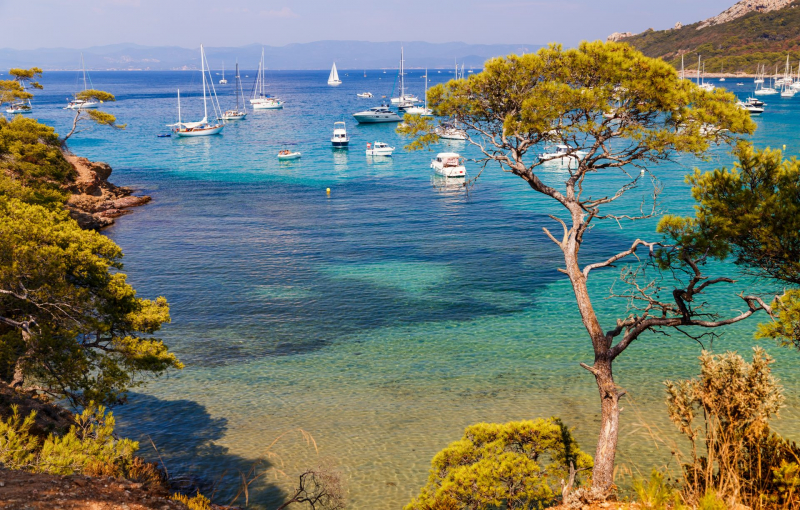
Sourcce: perfectyachtcharter.com -
One of France's most heart-stopping islands lies in the Indian Ocean, near Madagascar and Mauritius.
The Île de la Réunion is so prized for its virtually unspoiled natural landscapes—from coral reefs to forests enriched by volcanic soil and rugged black and white-sand beaches with crystal-clear waters—that it recently became a UNESCO World Heritage Site. It makes a superb destination for more intrepid travelers and offers a different perspective of France, with its distinctive local culture, history, and language (since many of the population speaks Réunion Créole).
Like Martinique and other overseas French departments, Réunion (one of the best islands in France) has a dark history of forced labor and indentured servitude, with the former practice only abolished in 1848. This history deeply informs local culture and identity, with the abolition anniversary celebrated each year in late December. This past is strongly ingrained in local culture and identity, with the abolition anniversary observed each year in late December.
What to Do: For beach and watersports fans, Réunion has it all, from swimming and snorkeling in shallow, warm seas rich in marine life to diving, surfing, waterfalls, and massive lagoons. The beaches of Plage de l'Heritage and Saint-Leu are particularly beautiful. Next, go to Saint-Denis, the island's main city, to explore its bustling streets and sample the island's inventive cuisine, which combines Malagasy, Indian, Chinese, and French traditions. Meanwhile, hikers and climbers will find a plethora of intriguing locations and paths to explore, ranging from tropical woods and Piton de la Fournaise, the island's most renowned active volcano, in the east to savannahs and sugarcane fields in the west.
Location: French overseas island located in the midst of the Indian Ocean, 700 kilometers east of the island of Madagascar, and 200 kilometers South-West of Mauritius.
TripAdvisor Rating: 4.5/5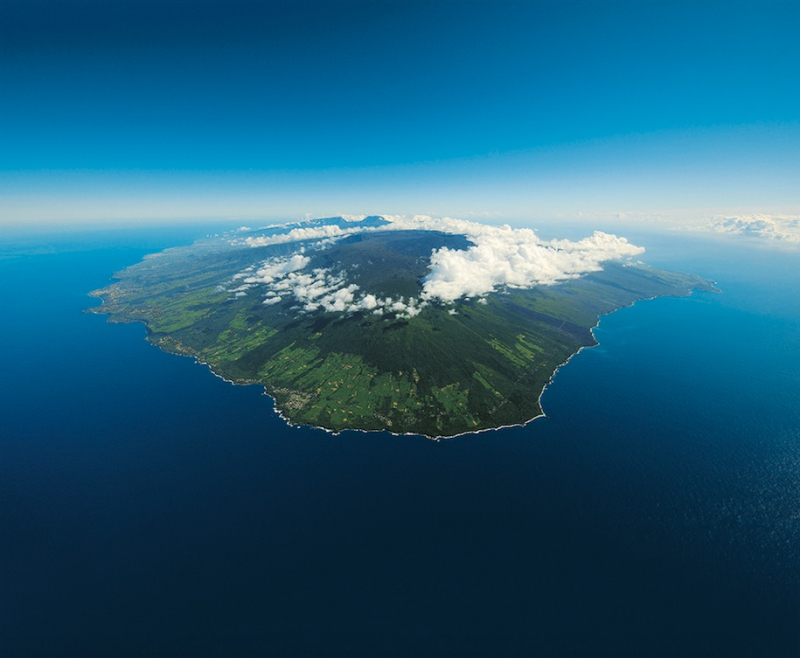
Source: cartedelareunion.fr 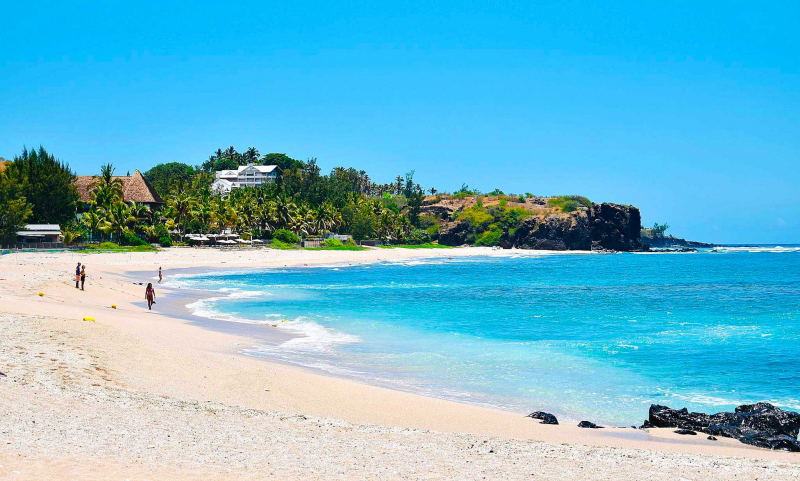
Source: ile-de-la-reunion.net -
Île Sainte-Marguerite, the largest of the Lerin islands off the coast of Cannes, is readily and quickly accessible by boat from the beautiful Riviera resort. While Cannes is famous for its star-studded film festival and promenade (Croisette), it isn't recognized for its harsh natural characteristics. Sainte-Marguerite Island, on the other hand, is a world apart.
The island, which is covered in trees (mainly pine and eucalyptus) and equipped with secluded coves and beaches, provides many chances for swimming, snorkeling, hiking, and historical investigation.
After touring the harbor and swimming in the blue waters of one of the island's beaches, pay a visit to the Fort and old jail, a 17th-century facility that formerly housed the "Man in the Iron Mask," made famous by an eponymous Alexandre Dumas novel and 1998 film starring Leonardo di Caprio. The museum also has artifacts from Roman and Middle Eastern shipwrecks. Explore the island's many beautiful walking routes, which snake through wooded regions and lead to fascinating tiny coves and rocky beaches.
What to do: Cloaked in forests (mostly pine and eucalyptus) and endowed with intimate coves and beaches, the island affords plenty of opportunities for swimming, snorkeling, hiking, and historical exploration.
After exploring the port and enjoying a dip in the azure waters of one of the island's beaches, visit the Fort and old prison, a 17th-century structure that once held a prisoner known as the "Man in the Iron Mask," made famous by an eponymous Alexandre Dumas novel and 1998 movie starring Leonardo di Caprio. Artifacts from Roman and Middle Eastern shipwrecks are also on display at the museum.Location: Location of Sainte-Marguerite within Lérins islands
TripAdvisor Rating: 4.5/5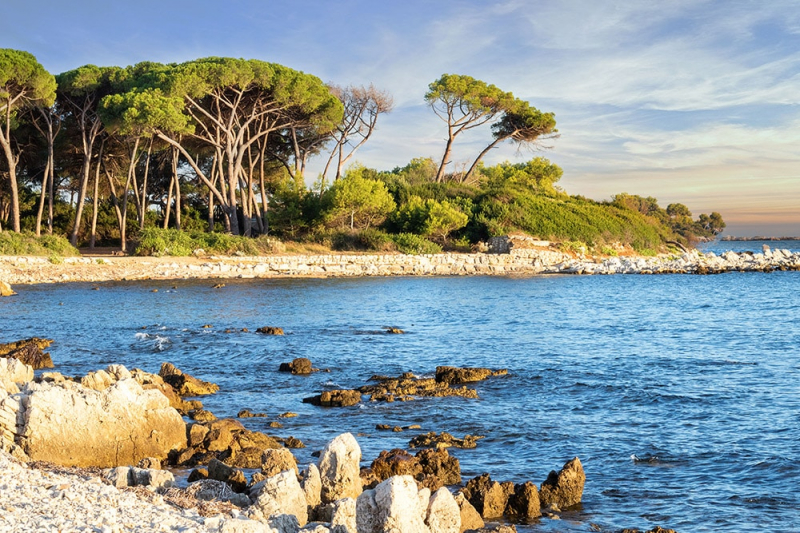
Source: excellenceriviera.com 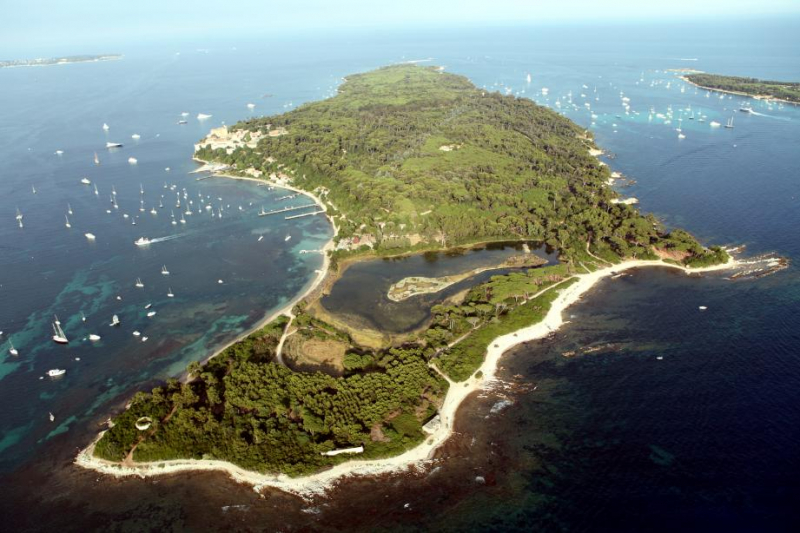
Source: varmatin.com -
The Île de Bréhat, located just minutes off the coast of Paimpol in northern Brittany, is prized for its pink-granite landscapes, continuously changing tides, and microclimate: the Gulf Stream keeps it extremely temperate for its northerly location on the English Channel. The island's pleasant climate and distinctive flora and wildlife draw thousands of visitors each year, and it's only a short boat journey from Ploubazlanec. In actuality, it's an archipelago made up of two major islands linked by a land bridge at low tide.
Explore the hamlet of Le Bourg with its gorgeous plaza and harbor after arriving by boat at Port-Clos (on the south island). From there, walk or cycle around the island, keeping an accurate tidal schedule in mind so you don't get caught in a high tide. Visit the historic fort (now home to the Bréhat Glass plant), a 17th-century tidal mill, and tan or swim at several of the island's beautiful beaches (the most popular being Grève de Guerzido).
The northern section of the island is mountainous, with rocky formations and moorlands, and provides some great coastline walks and climbs. Paon and Rosédo, the island's famed lighthouses, are also located here. The Île de Bréhat is one of the best islands in France.
What to Do: After arriving by boat in Harbor-Clos (on the south island), tour the charming hamlet of Le Bourg with its plaza and port. From there, walk or cycle around the island, keeping an accurate tidal schedule in mind so you don't get caught in a high tide. Visit the historic fort (now home to the Bréhat Glass plant), a 17th-century tidal mill, and tan or swim at several of the island's magnificent beaches (the Grève de Guerzido beach is the most popular).
The northern section of the island is mountainous, with rocky formations and moorlands, and provides some great coastline walks and climbs. Paon and Rosédo, the island's famed lighthouses, are also located here.Location: Northwestern France.
TripAdvisor Rating: 4.5/5
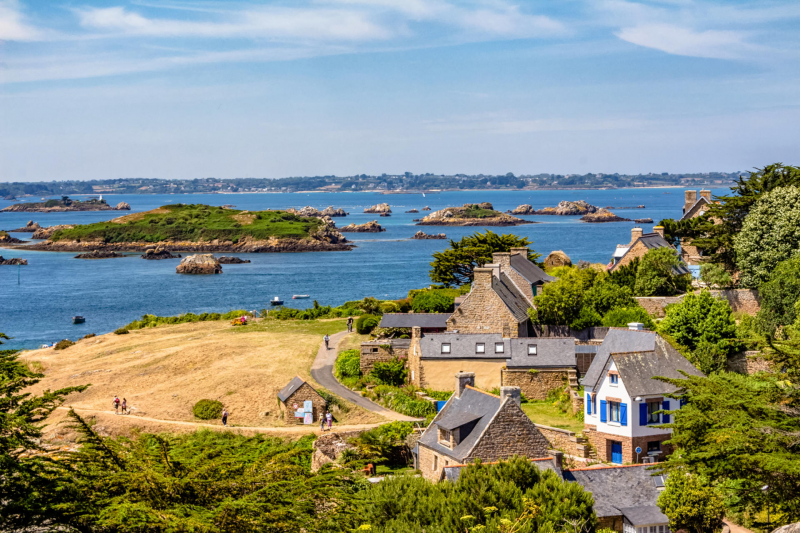
Source: vacaciones-bretana.com 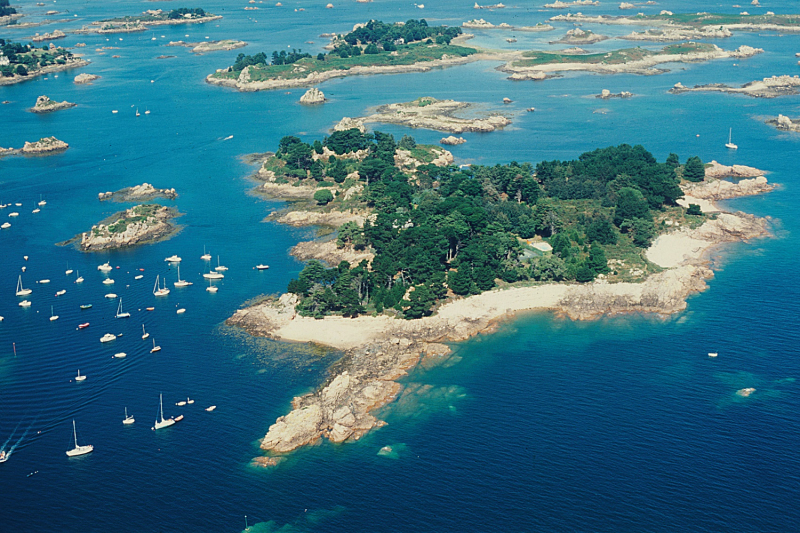
Source: reflectim.fr -
The Frioul archipelago is a series of four islands off the French Mediterranean coast, around 4 kilometers (2 miles) from Marseille. The archipelago's islands encompass a total land area of around 200 hectares. The population was 146 as of the 2015 census.
The Frioul Archipelago is a collection of beautiful and ancient islands off the coast of Marseille, on the western tip of the French Riviera. The islands are varied and stunning, just minutes away from the mainland via ferry or sightseeing boat, with rough beaches with spectacular sea creeks (Calanques), various types of wild birds, trees and bushes, calm coves, and historical monuments. The archipelago is made up of four major islands and is part of the breathtaking Calanques National Park.
What to Do: Begin by visiting the spectacular fortified Chateau d'If, a former castle and (later) jail immortalized by Alexandre Dumas in "The Count of Monte Cristo." Pomègues, often considered the most beautiful of the four islands in the Frioul, is rugged and green, offering breathtaking coastal hikes, lush vegetation, and wild swimming in coves and sea creeks. It also has historical military defenses.
Meanwhile, Rattoneau is a good choice for families looking for safe, calm beaches and gentler walks, with the popular Saint-Estève beach only a 30-minute walk from the pier. Finally, the tiny "Tiboulen de Rattoneau" island is a popular snorkeling and diving destination.
Location: Mediterranean
TripAdvisor Rating: 4.5/5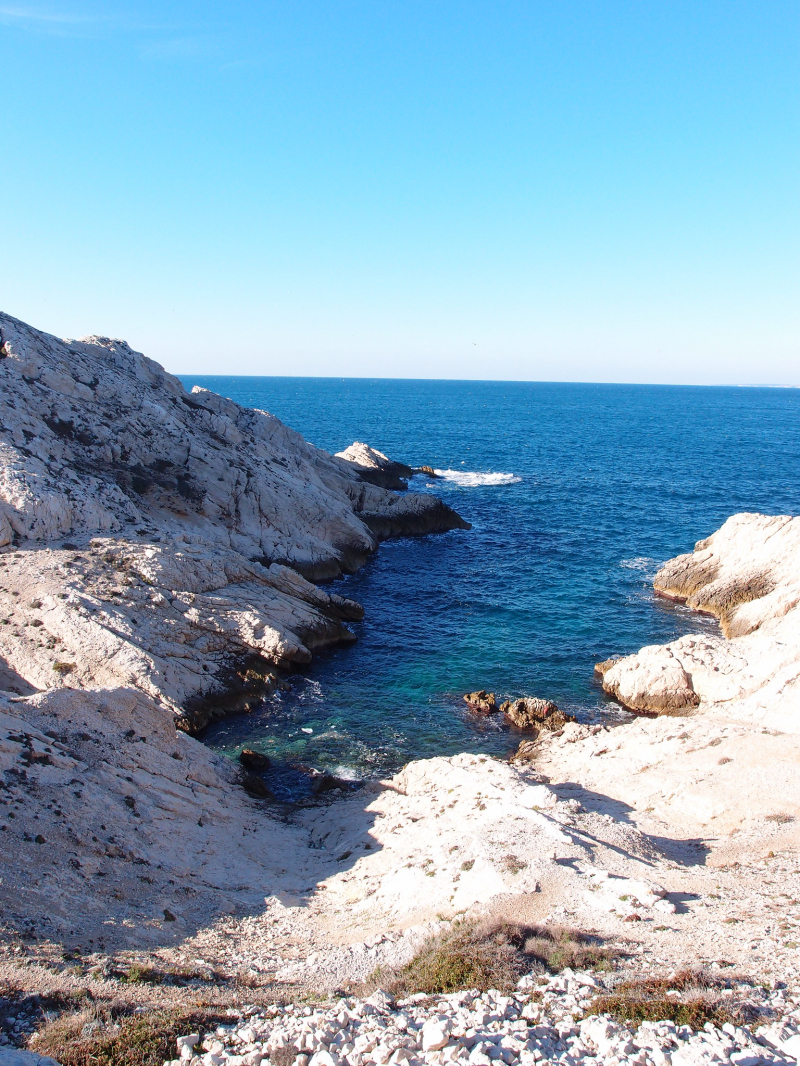
Source: boomsbeat.com 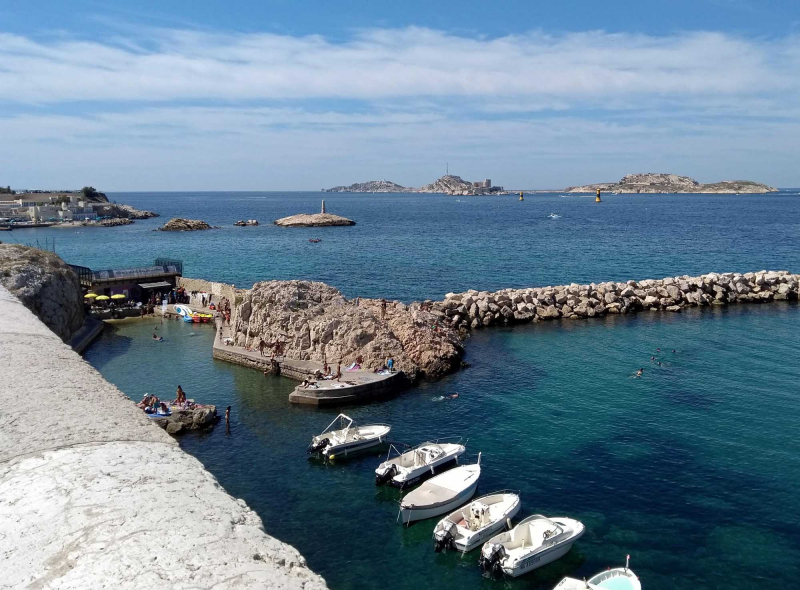
Source: seniortravelexpert.com -
The postcard-perfect island of Oléron, located due west of Rochefort, is the biggest French island in the Atlantic Ocean. It is also, after Corsica, the second-largest island in Metropolitan France. It has several attractions, including great white-sand beaches, attractive fishing villages, cliffside walking pathways, excellent oysters and shellfish, and fortifications dating from the medieval period until World War II. A lengthy road bridge, built-in 1966, connects the island to the mainland.
What to Do: Begin by visiting the spectacular fortified Chateau d'If, a former castle and (later) jail immortalized by Alexandre Dumas in "The Count of Monte Cristo." Pomègues, the most picturesque of the Frioul's four islands, is rough and green, with spectacular coastal treks, abundant flora, and wild swimming in coves and sea streams. It also has historical military defenses.
Meanwhile, Rattoneau is a fantastic alternative for families looking for safe, tranquil beaches and gentler treks, with the famed Saint-Estève beach only a 30-minute walk from the pier. Finally, the tiny "Tiboulen de Rattoneau" island is a popular snorkeling and diving destination.
Location: Atlantic coast of France (due west of Rochefort)
TripAdvisor Rating: 4.5/5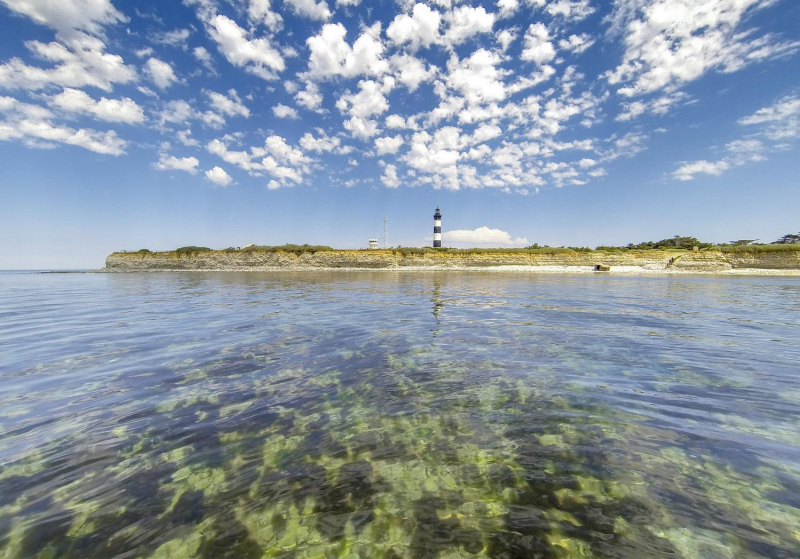
Source: elle.fr 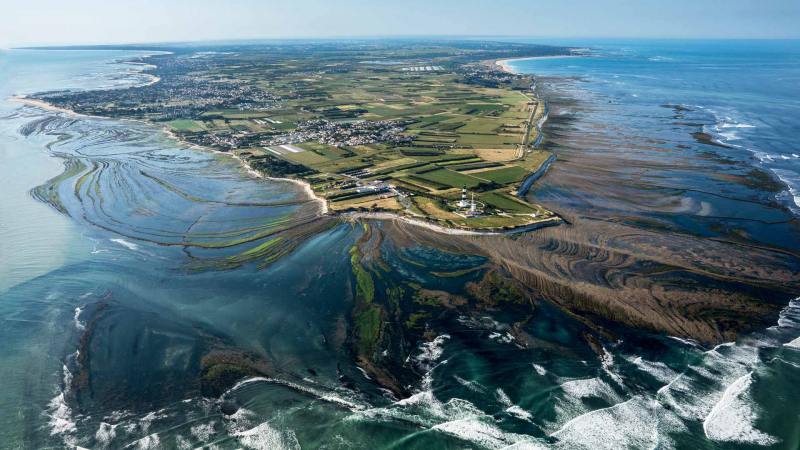
Source: puy-leonard.com











